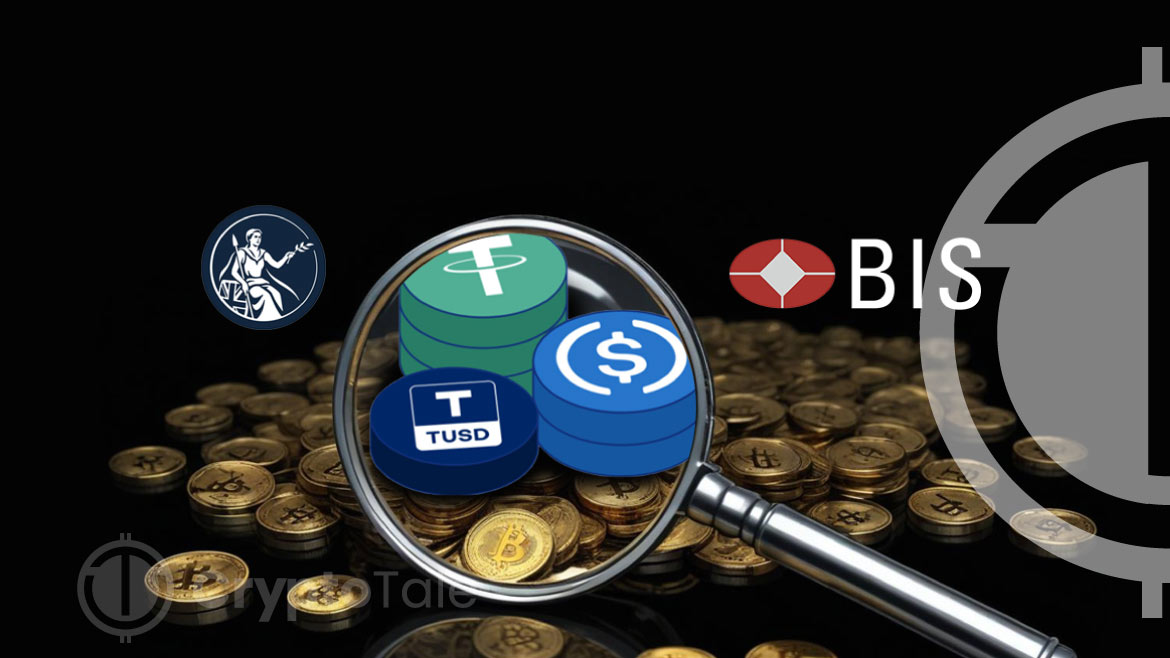
The Bank of England and the Bank for International Settlements (BIS) have introduced an innovative project named Pyxtrial to tackle the challenges of monitoring stablecoins. This new system aims to offer near real-time data on the liabilities and assets backing these digital assets. The initiative is crucial when regulatory scrutiny on stablecoins intensifies due to past controversies over their reserves.
Pyxtrial stands out for its capability to provide authorities with direct access to data from issuers’ systems. This feature allows for the verification of on-chain liabilities, enhancing transparency and trust. The initiative represents a significant advancement in how financial regulators can monitor and manage digital assets, particularly those tied to real-world assets.
Historically, stablecoin issuers have faced scrutiny regarding the legitimacy of their claimed reserves. This issue gained prominence following the collapse of FTX in 2022, which led many in the industry to adopt self-regulation practices. Companies began publishing “proof of reserves” to demonstrate their assets’ backing, a method to ensure that corresponding assets fully support digital tokens. Despite these efforts, concerns persisted, highlighting the need for more robust and transparent solutions.
Pyxtrial’s modular and customisable framework provides a promising solution. It allows regulators to adapt the technology to fit various global regulatory environments. This flexibility could extend beyond stablecoins to other tokenised assets, addressing broader challenges within the financial system.
Layer 1 Blockchains Surge in Social Dominance, Signaling Market OptimismThe project’s proof of concept has already shown that it can rapidly deliver technological solutions to support regulators. Pyxtrial aims to resolve issues related to traditional, often slow data collection methods by enabling near real-time tracking of liabilities and assets. This advancement could lead to more accurate and timely oversight of digital assets, promoting better market stability.
However, the Pyxtrial project is still in its early stages. It requires further testing and refinement before full-scale implementation. Effective deployment will also necessitate skilled personnel to support its operation. Additionally, the project provides valuable insights into developing backend solutions that can bridge on-chain and off-chain data, enhancing the overall regulatory framework.














